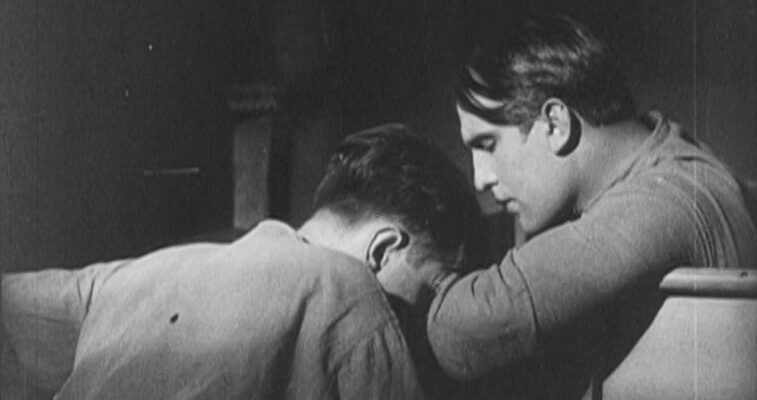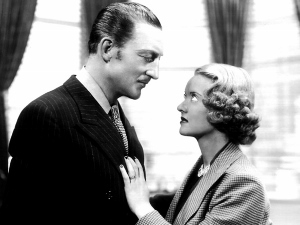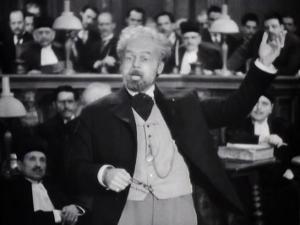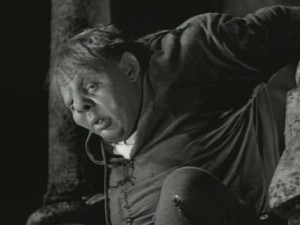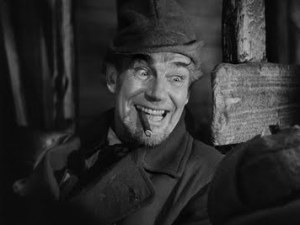Satan Met a Lady (1936)
The Life of Emile Zola (1937)
The Hunchback of Notre Dame (1939)
[6]
Charles Laughton’s performance as Quasimodo is the main reason to see this movie. Laughton gives the deformed bell ringer moments of quiet torment as well as unbridled joy, and without ever going over the top – a remarkable feat that should have earned him an Oscar nomination. I also liked Cedric Hardwicke as the malevolent Frollo and Maureen O’Hara (in her screen debut) as Esmerelda, but several of the other cast members act as though they are playing cartoon characters (Harry Davenport is the worst offender). The film could have benefited from a more genuine period setting and a more earnest supporting cast. Director William Dieterle bestows the film with some elegance, though it’s not nearly as polished as his later work on The Devil and Daniel Webster.
The Devil and Daniel Webster (1941)
[10]
William Dieterle’s adaptation of Stephen Vincent Benet’s The Devil and Daniel Webster is a winning combination of rustic Americana and dark fantasy. A cautionary tale of greed and power, the narrative centers around the character of Jabez Stone (James Craig), a down-on-his-luck farmer who is barely able to support his family in 1840s New Hampshire. When the nefarious Mr. Scratch (Walter Houston) appears during a moment of weakness, Jabez agrees to sell his soul in exchange for seven years of good luck. Much to the dismay of his wife (Ann Shirley), mother (Jane Darwell), and beloved politician Daniel Webster (Edward Arnold), Jabez slips into a downward spiral as a result of his newfound wealth and power. When his seven years are up, Jabez learns the error of his ways and wants to make amends. To escape his contract with the Devil, Jabez puts his fate in the hands of the almost mythic Daniel Webster, who represents him in a climactic barn room trial against Mr. Scratch and a jury of the damned.

